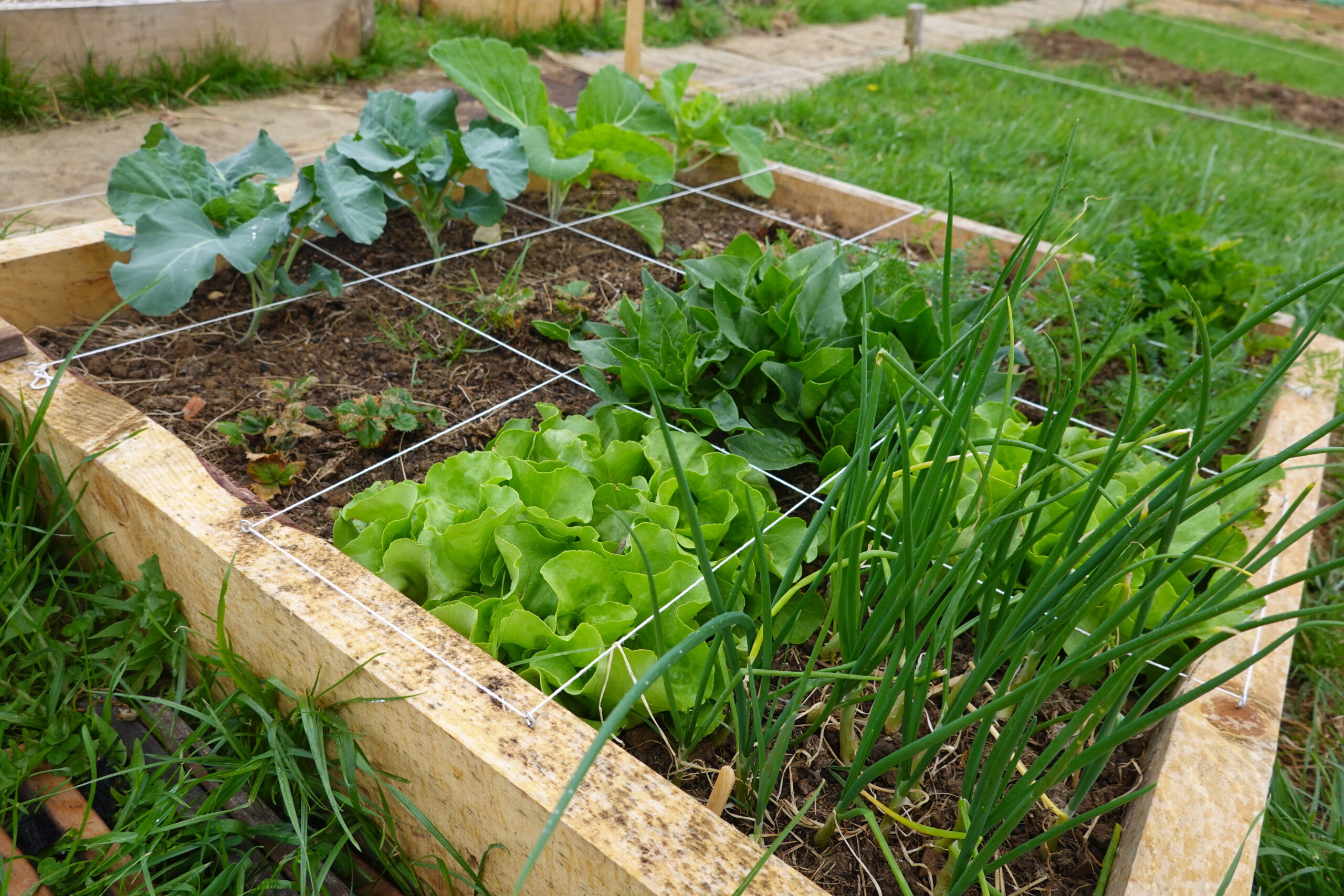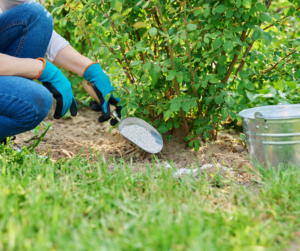How to Plan a Square-Foot Garden

Have you always wanted a garden but just don’t have the space? Imagine harvesting a robust array of fruits or vegetables from your patio or small backyard. All you need is one square-foot. Discover how to plan a square-foot garden and reap the bountiful benefits without all the work.
What’s a Square-Foot Garden
Like the name implies, a square-foot garden is a raised bed consisting of a grid of one-foot squares. This method allows you to grow a wide range of plants in a small area, making it ideal for those new to gardening or those that don’t have a lot of space to work with. Here are some tips on how to start one.
- Choose the right location. If you don’t have a lot of space, your choices could be narrowed down. However, you want to make sure the area is flat and gets at least six hours of full sun. You can build your raised bed on a patio or place it out in the yard. But make sure you can easily move around the bed or at least access each section. Try to stay away from low-lying areas prone to puddling. Not only does this make it harder to access the bed, but standing water attracts pests.
- Designing the raised bed. Use a durable material that can withstand weather—especially if you’re planting outdoors—and wet soil. New pressure-treated lumber or cedar are two popular materials. Most square-foot garden beds measure 4×4-feet. This makes it easy for most gardeners to reach the middle from any side. This size also divides evenly into a grid of sixteen 1×1-foot squares. You can choose to mark these squares off with a lattice design to make planting easier. The depth of the raised garden will depend on what you plan on planting. Most plants can thrive in at least six inches of soil, but root vegetables will need at least 12 inches.
- Preparing the habitat. The key is to create a nutrient-rich environment by using a mix of vermiculite, peat moss, and organic compost. Aim for a ratio of one third each of these ingredients to ensure your plants have everything they need to thrive. Don’t be afraid to mix in several types of organic matter for even better results.
Soilless Media in a Square-Foot Garden
A soilless mixture typically consists of natural elements such as compost, peat moss, and minerals like vermiculite. Here’s why minerals are a must for a thriving garden.
- Improved Seed Starting Medium. The light texture and moisture-retention properties of minerals improve drainage and creates an ideal environment for germination.
- Improved Soil Drainage. Lightweight, porous minerals help prevent waterlogging, which can lead to root rot and other plant diseases.
- Enhanced Aeration. A mixture containing minerals creates air pockets in the soil, preventing compaction and promoting better aeration for healthy root development and overall plant growth.
- Weed Prevention. Inorganic media like perlite, vermiculite, and diatomaceous earth don’t contain the organisms and dormant weed seeds that might be present in other soil media options.
- Easy to Use. Lightweight minerals are easy-to-handle additives that can be mixed into your square-foot garden soil with minimal effort. Simply add the recommended amount based on the size of your bed and other soil you’re using and blend thoroughly.
Once you’ve filled your garden bed, plan where you’ll place each of the seeds or started plants. This is where having a marked grid comes in handy.
Planting Your Garden
To get the most out of your square-foot garden, carefully plan where you’ll place each specific plant. Consider the full size of the plant variety and keep these suggested guidelines in mind:
- One extra-large plant per 1×1-foot square. This could be a vine tomato, pepper plant, or eggplant. Don’t forget to stake if needed.
- Four large plants per square. Think bush tomatoes or lettuce.
- Nine medium plants per square. Plant onions or beets.
- 16 small plants per square. Radishes would work here.
- Try to stay away from plants that spread, like pumpkins and watermelons.
If you’re planting seeds, you still need to space it appropriately with the mature plant in mind. Poke a hole in the soil, add a mineral additive if desired, and then drop one seed.
Maintaining Your Garden
Even though your square-foot garden is less work than a traditional garden, it still requires attention to thrive.
- After you’ve planted any seeds, mist the soil daily so it doesn’t dry out. Once they start to sprout, water them approximately once a week.
- Once you’ve placed plants in the dirt, water daily for a few days. Make a shallow depression in the soil around each plant to help hold the water. Water each plant individually in the morning to help prevent waste and evaporating in the heat of the day. If you’re not sure how much to water, touch the soil. If it’s dry, add more.
- Consider shading new plants for the first few days to prevent wilting. Once they’re established, remove the shade and water weekly.
- Help the soil retain moisture by adding a thin layer of mulch in between the plants. This also helps prevent weeds.
- If you’ve used a soilless mixture, you’ll have less weeding to do. However, check the garden regularly for any weeds that may appear. Pull them by the root when they’re small so you don’t disturb the desirable plants.
- Inspect your garden daily to spot any insects early. Look for nibbled leaves, dark spots, or the pest itself. Hand-pick and destroy the insects or spray them with a hose or insecticide.
- Depending on what plants you’ve included in your garden, you may have to prune some back to prevent them from taking over the space. Keep vine plants, such as tomatoes and peas, in check by cutting them back before they get too big.
- Get ready to harvest your plants when they’re young and tender. If you wait too long, they’ll ripen on the plant and may become too firm to enjoy.
Now that you’ve maximized garden space, personalize it with your favorite plants, sit back and enjoy the fruits (or veggies) of your labor.



